- Home
- slideshows
- miscellaneous
- A photographer spent 18 years exploring Mexico and returned with stark photos documenting how different the country is from what Americans think
A photographer spent 18 years exploring Mexico and returned with stark photos documenting how different the country is from what Americans think
Despite being interested in Mexico from a young age, Stein did not visit until later in life. After starting a career in engineering and business, Stein quit his job at 28 and resolved to become a photographer. His first destination was Mexico.

Stein first visited in 1993. Two of his friends were living in San Miguel de Allende, a small picturesque city a few hours outside of Mexico City that was a commercial center during the Spanish colonial period.
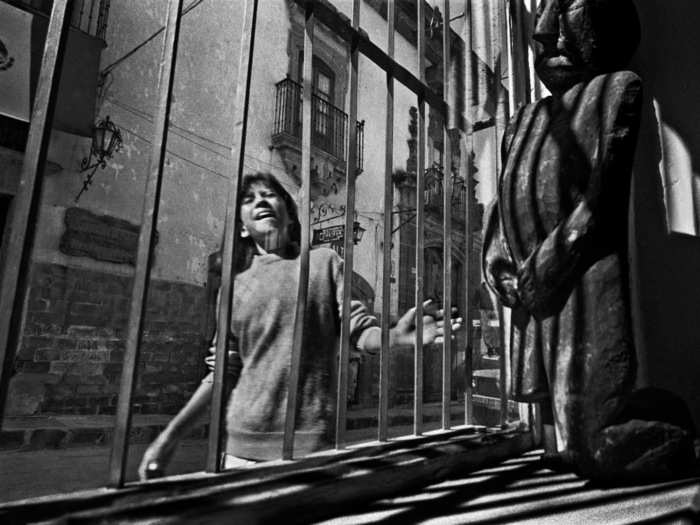
In the beginning, San Miguel de Allende served as frequent backdrop for Stein’s exploration of the country. Since the 1940s and 1950s, the city has become home to a 20,000-person community of foreign artists, writers, and retirees, many of whom are American.
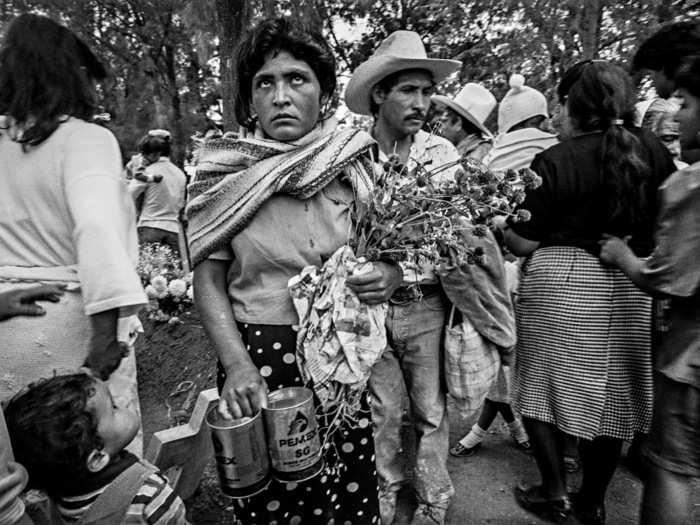
"Photography allowed me to go there on my own terms and investigate what I thought Mexico would be like. I was never disappointed. I found it exciting and different,” said Stein.
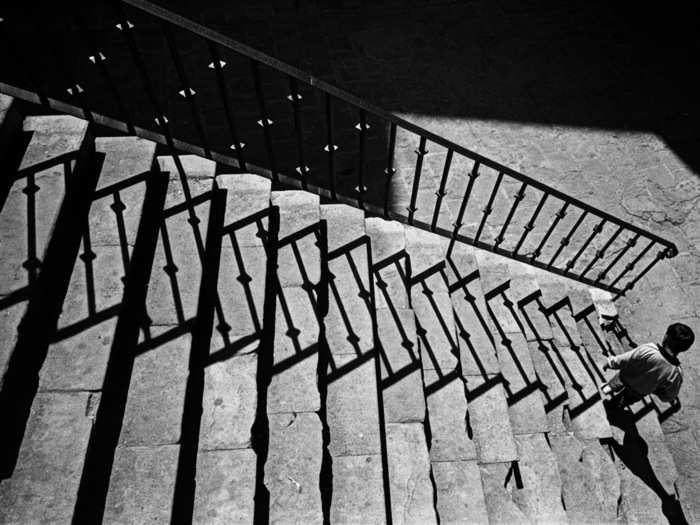
The main town is surrounded by small rural communities populated primarily by the country’s indigenous populations. Indigenous groups, of which there are many in Mexico, make up between 5% and 23% of Mexico’s population of more than 123 million.
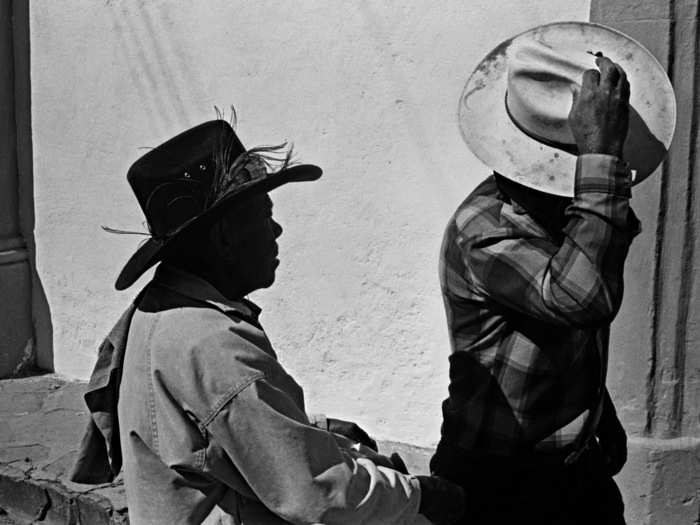
Mexican culture is a mix of these indigenous cultures, the larger national culture, remnants of the Spanish colonial era, and more. For example, the Day of the Dead, or Día de Muertos, dates back to both indigenous celebrations of death and an Aztec festival.
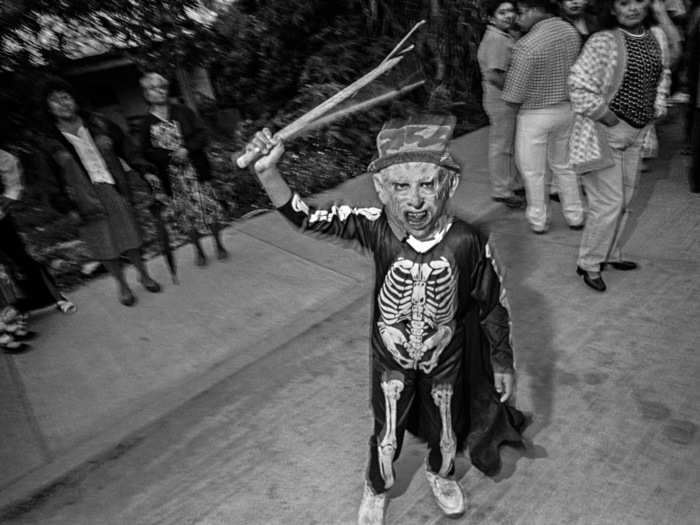
The Day of the Dead became a frequent subject for Stein, who saw in the festival how Mexicans incorporate and celebrate death in their lives.
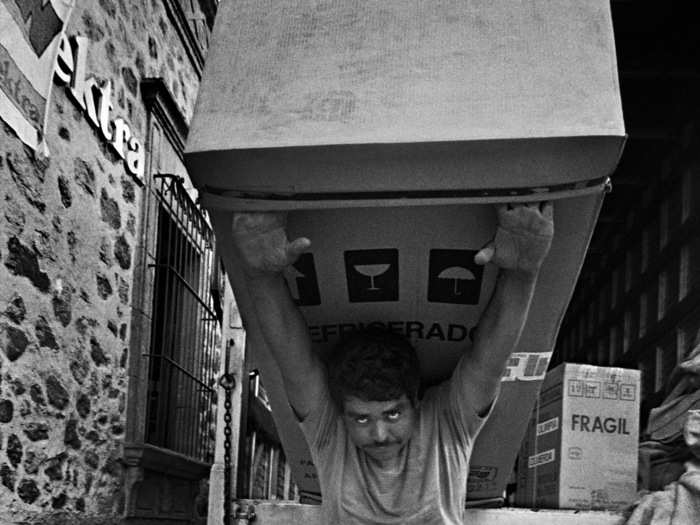
“Mexicans often view death as a natural part of life, an attitude derived from the Aztecs, Toltecs, and the Mayans. For the people of ancient Mexico, death was not an end, but merely a stage in a continuous cycle,” Stein wrote in the foreword to “Mexico: Between Life and Death.”
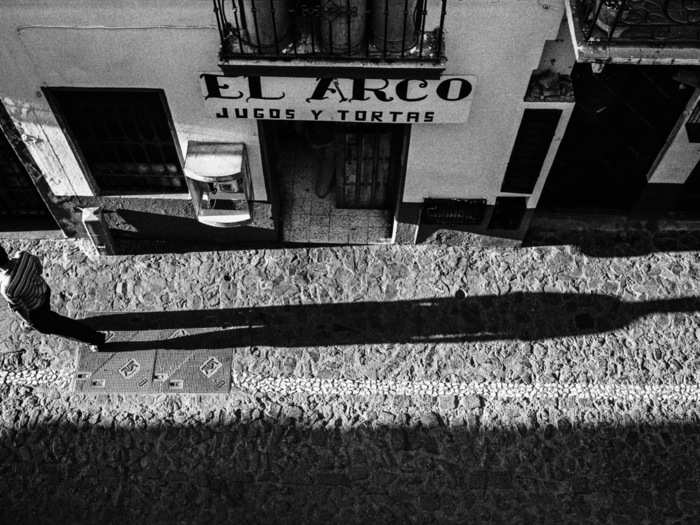
In order to evoke Mexican culture’s relationship with death, Stein often photographed the symbols of death that he found ever present throughout the country, such as skeletons, skulls, guns, crosses, and cemeteries.
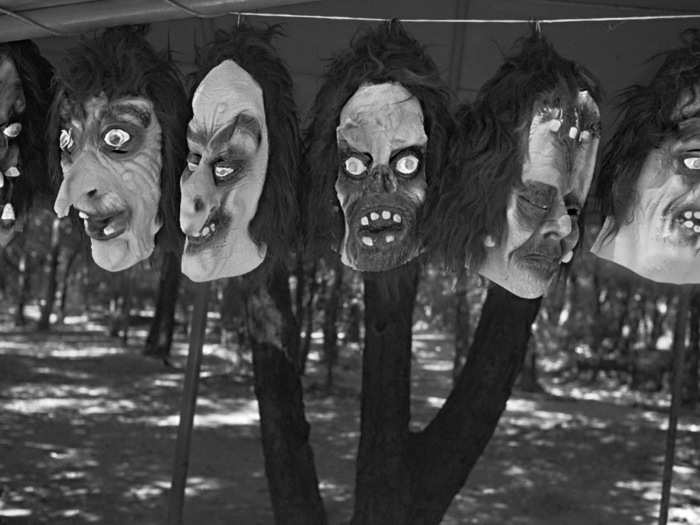
During the Day of the Dead festival, Stein would often visit the cemeteries where families honored their ancestors at their grave sites. Sometimes he would ask if he could take pictures of families holding images of their deceased family members.
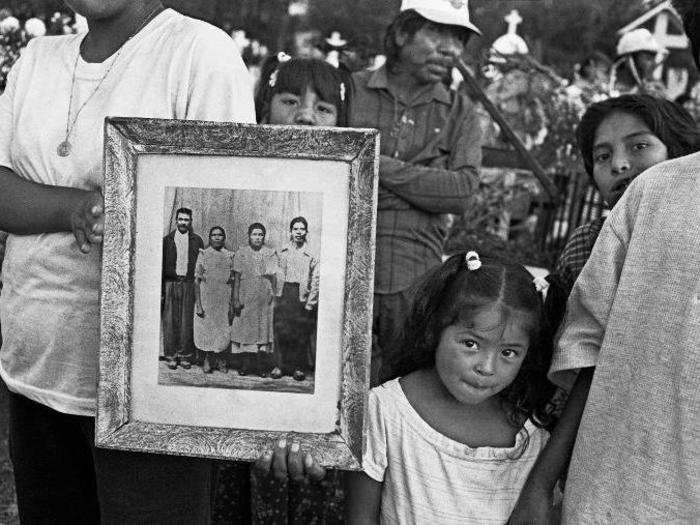
Other festivals that interested Stein included Semana Santa (Easter Week) and Mexico’s Independence Day.
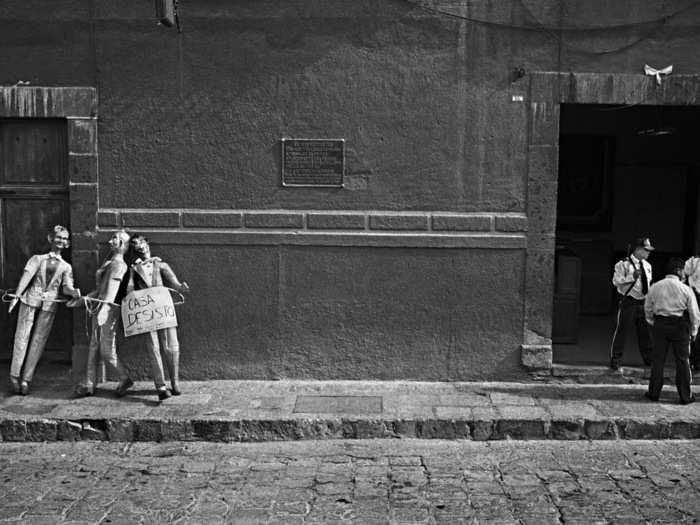
Semana Santa was particularly interesting to Stein because it was a holiday filled with processions through the small streets of villages like Taxco de Alarcón, southwest of Mexico City.
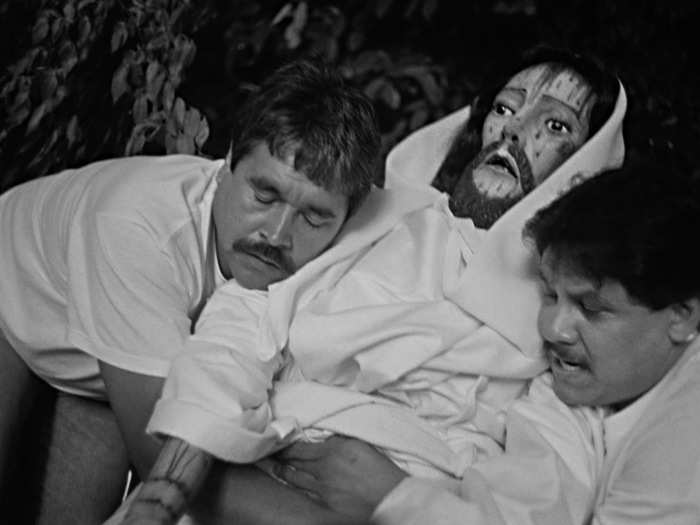
The processions are dramatic affairs, according to Stein, where “penitents” carry 100-150 pound bundles of thin tree branches on the back of their neck and arms for three miles over the course of three hours.
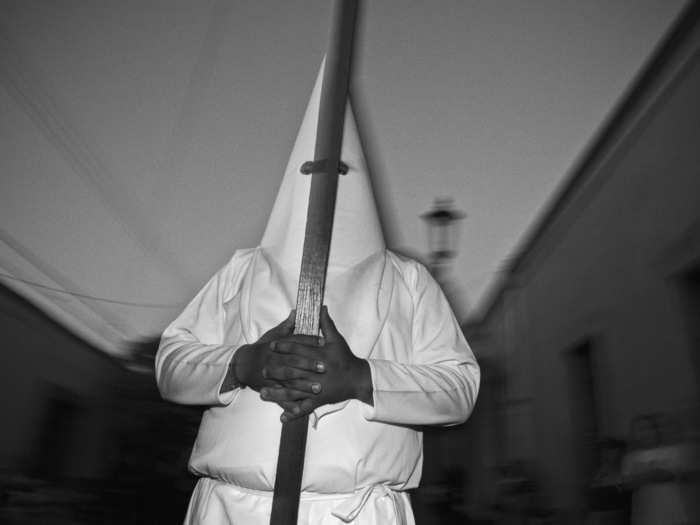
Alongside the “penitents,” are hooded, bare-chested men who whip themselves with ropes embedded with glass and thorns while cradling large wooden crosses.
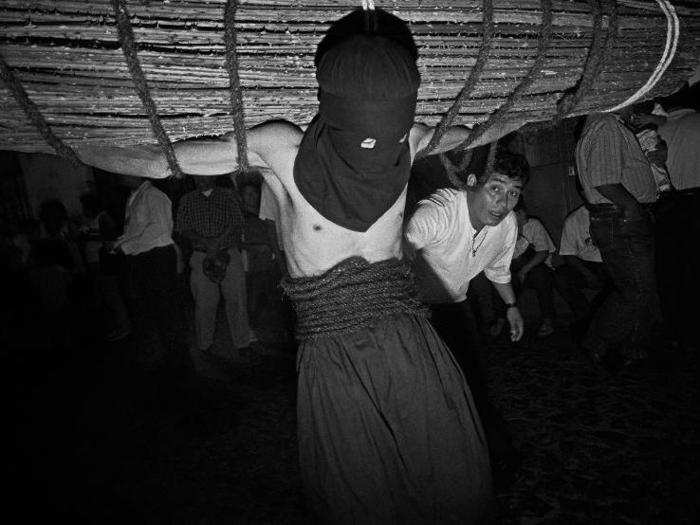
Despite these dramatic and sometimes mournful scenes, Stein said that he found Mexico to be an inviting and joyful place.
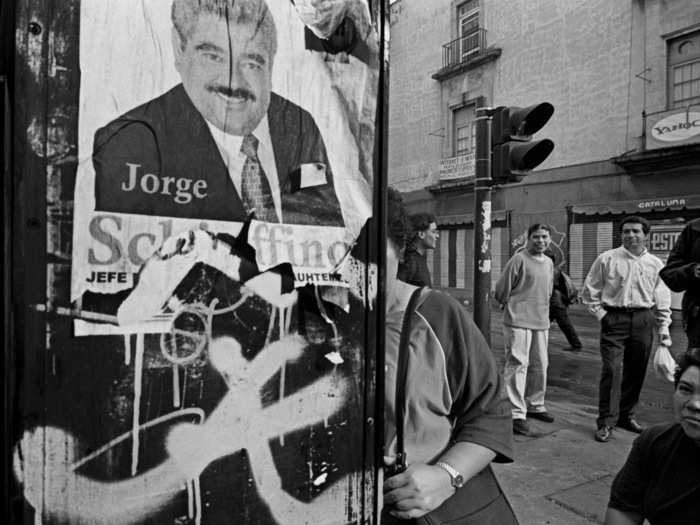
“I love their free spirit. They are religious in a way, but they marry Christianity with their ancient religions and culture,” said Stein. “I think they enjoy life, at least in public, more than we do and we can learn from that. It seems like a looser, more authentic, more family oriented culture.”
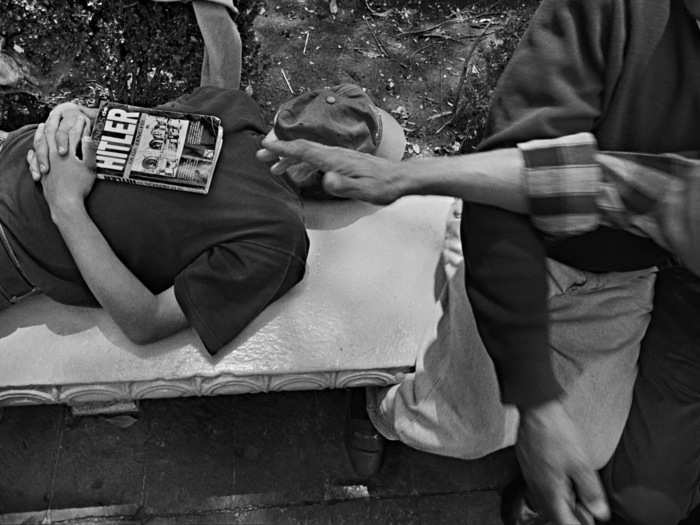
Though Stein returned 14 times to Mexico, he said he never learned Spanish fluently. He always sought to approach Mexico from the perspective of an outsider, which he said suited how he liked to photograph.

"I go as a wanderer, photographing in a country often strange to me. I hear words not known, see things I don't understand, view acts of kindness and violence, smell new odors and taste new foods; I walk down small, unfamiliar cobblestone streets. I react and photograph intuitively,” Stein wrote in the foreword.
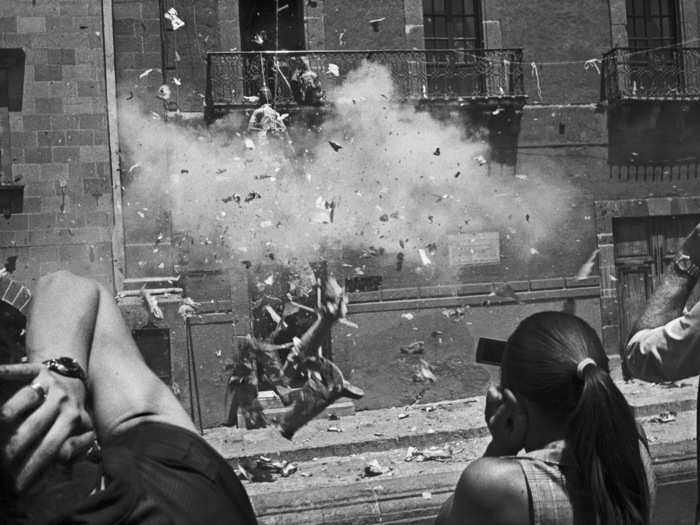
The media in the US often talks about how dangerous Mexico is, focusing on the drug war, which has cost 60-80,000 Mexicans their lives. But Stein said he never felt unsafe in the country, despite carrying three cameras and photographing frequently at night. It is common, he said, to see families with children hanging out in parks well past midnight.
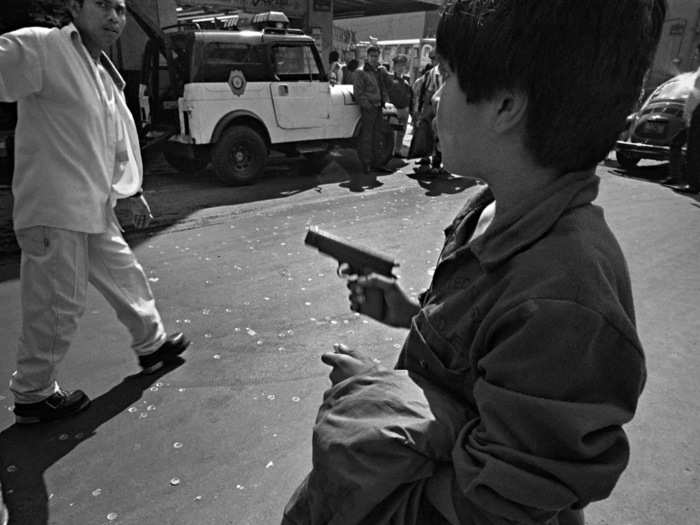
"We look down on Mexicans in this era and perhaps even before. Many are poorer and less educated [than Americans]. But they have a rich culture and history that goes back way before we were ever around,” Stein said.
!["We look down on Mexicans in this era and perhaps even before. Many are poorer and less educated [than Americans]. But they have a rich culture and history that goes back way before we were ever around,” Stein said.](https://staticbiassets.in/thumb/msid-66696276,width-700,height-525,imgsize-732341/we-look-down-on-mexicans-in-this-era-and-perhaps-even-before-many-are-poorer-and-less-educated-than-americans-but-they-have-a-rich-culture-and-history-that-goes-back-way-before-we-were-ever-around-stein-said-.jpg)
Popular Right Now
Popular Keywords
Advertisement